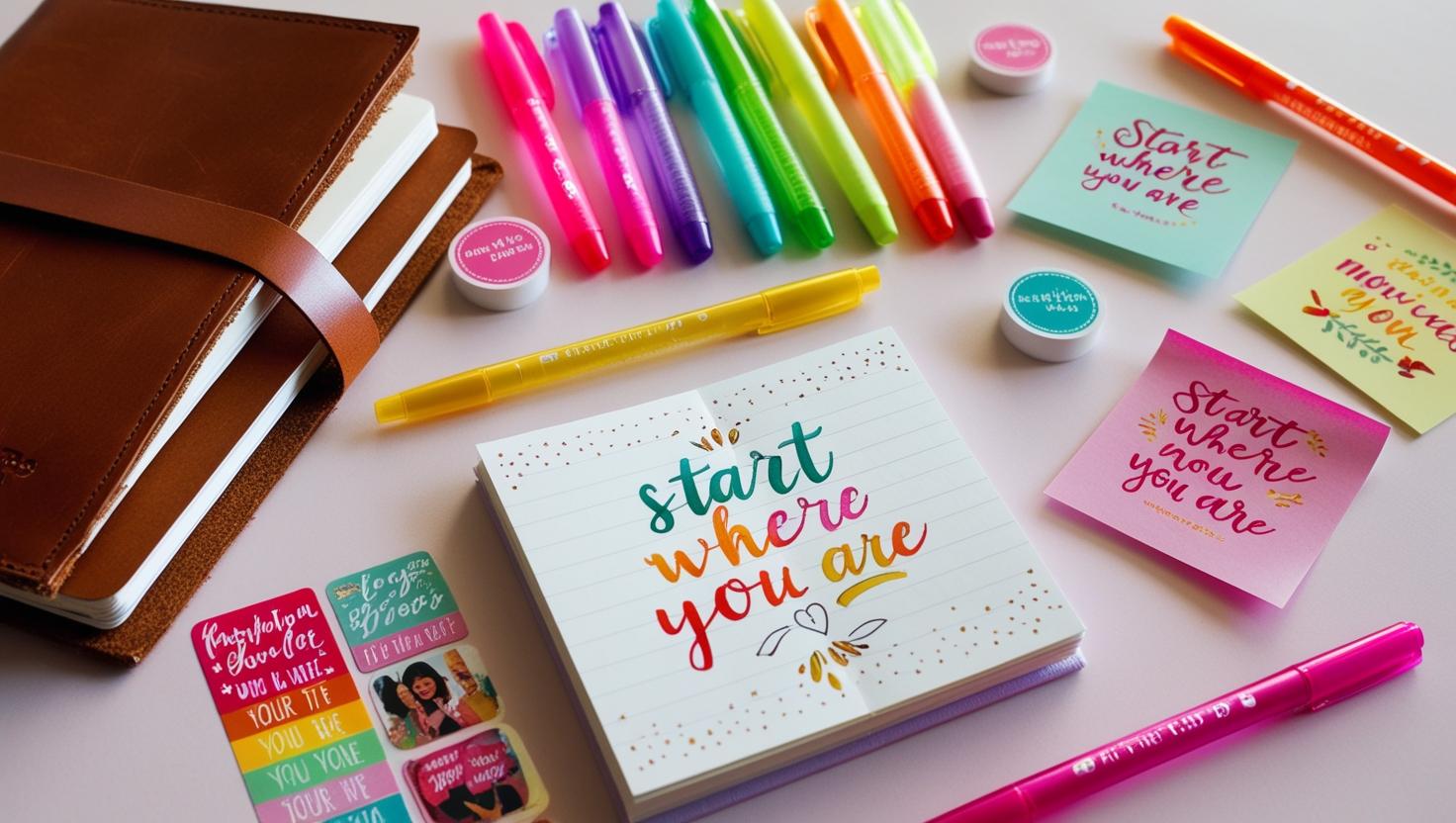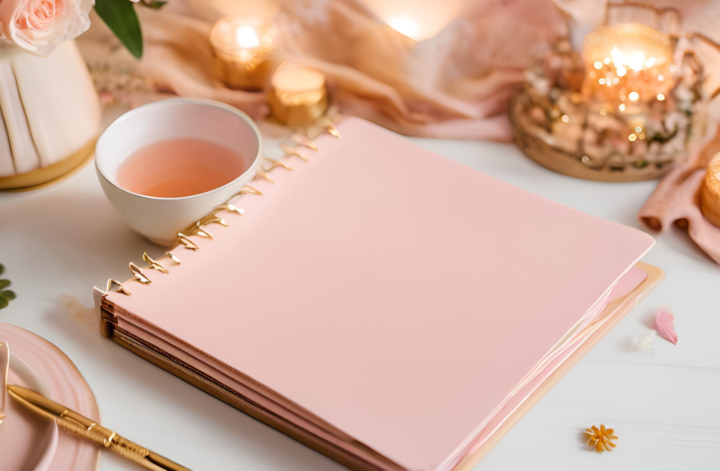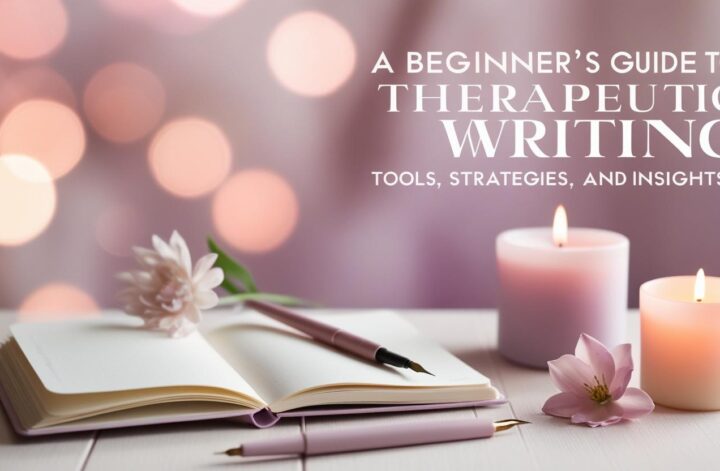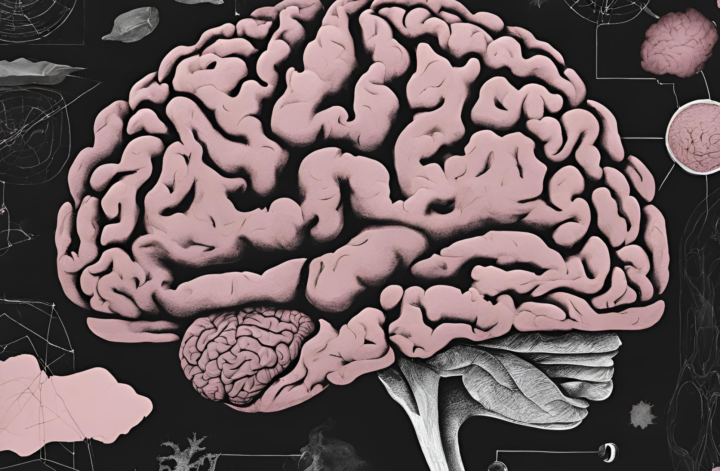Stress and anxiety can often feel like an endless loop of overwhelming thoughts, making it difficult to focus, relax, or even breathe deeply. But what if there was a simple and effective way to break free from this cycle? Writing therapy offers a powerful tool to process emotions, declutter the mind, and regain a sense of control. Research shows that putting thoughts into words can reduce anxiety, lower stress hormones, and improve emotional regulation.
In this article, we’ll explore 7 therapeutic writing exercises that can help you relieve stress, reframe anxious thoughts, and cultivate a sense of inner peace. Whether you’re new to journaling or looking for deeper emotional insights, these exercises will guide you toward healing and self-discovery.

















